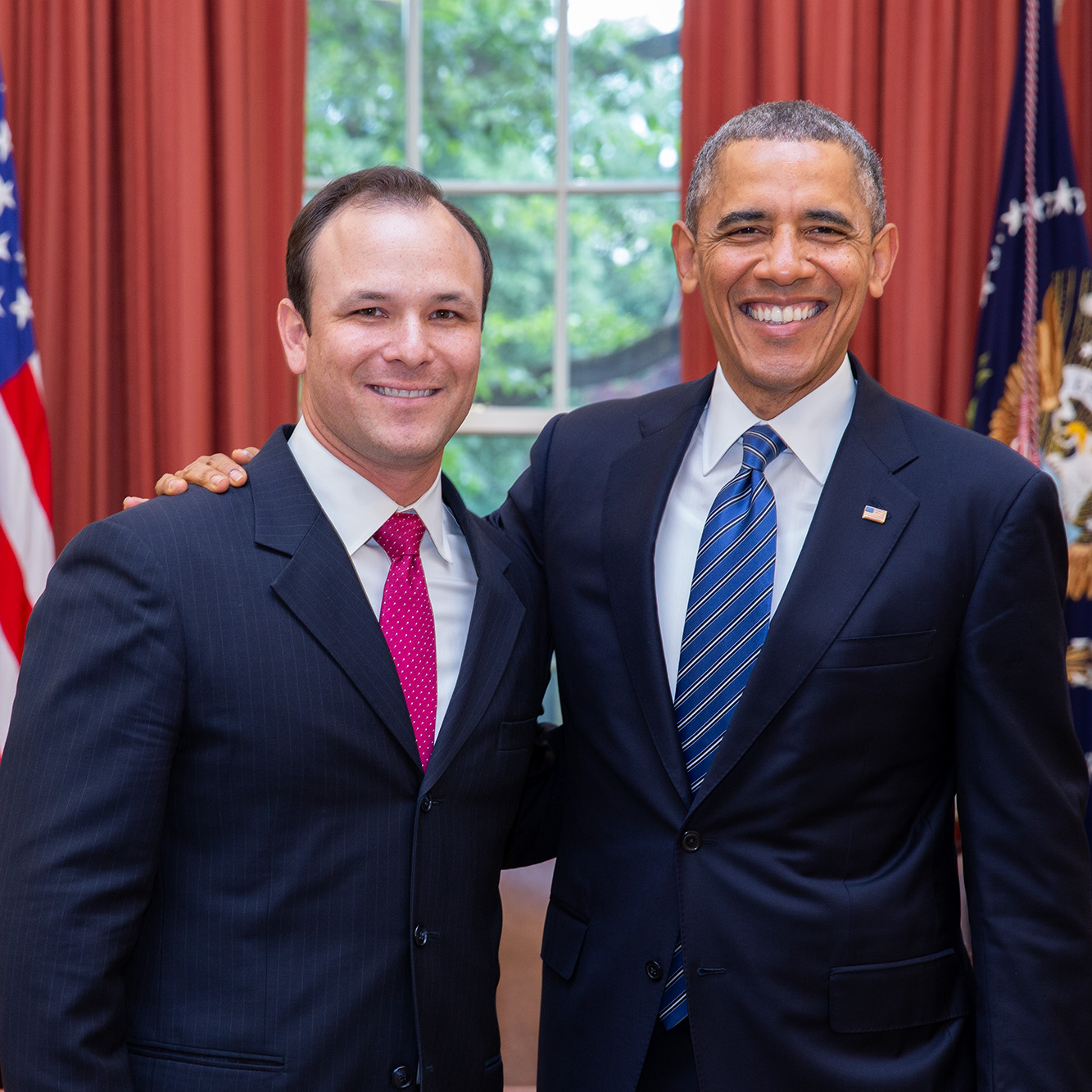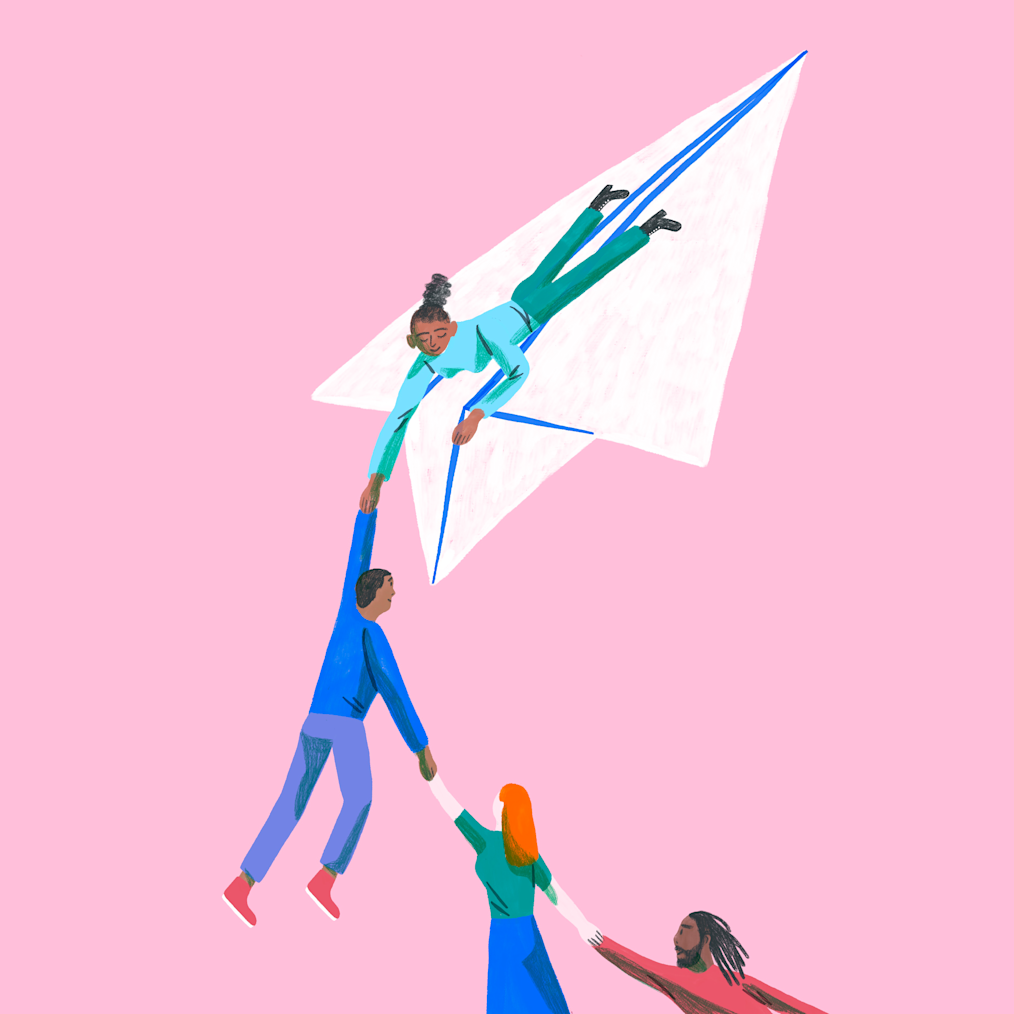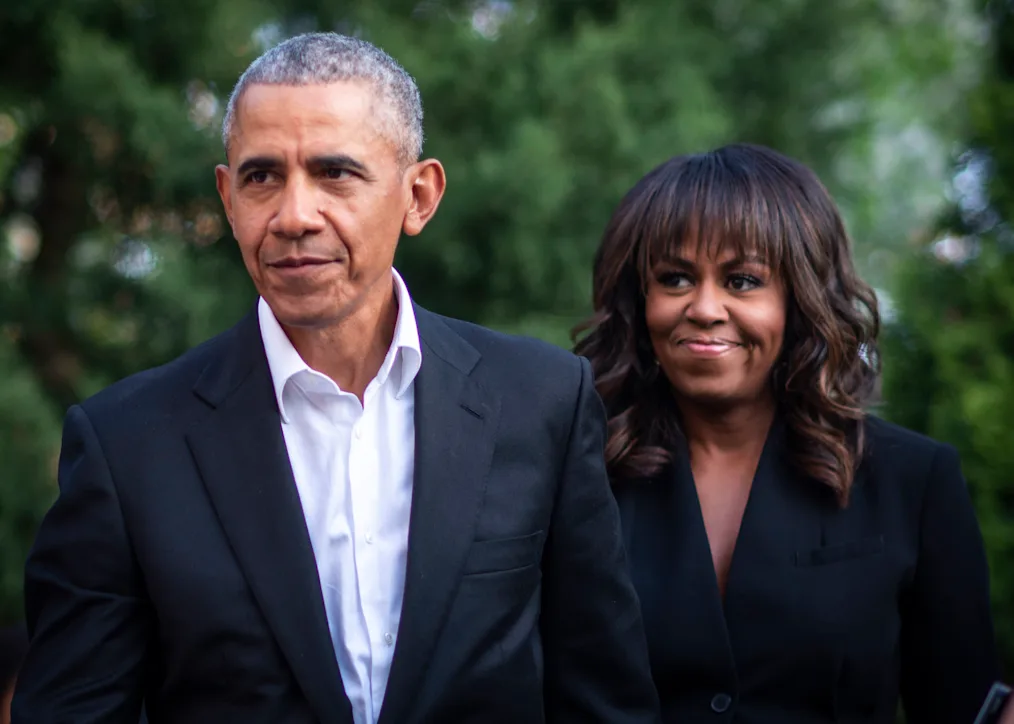Meet the Obama alum working to protect the legacy of Native communities
Learn how Charlie Galbraith has committed his life to justice for Indigenous people across the country.

For over 20 years, lawyer and advocate Charlie Galbraith has lived those words, building a life dedicated to the preservation of Native American communities. His work addressing the needs of Native Americans would take the teachings and legacy of his Navajo roots all the way to the White House.
Raised in Phoenix, the self-described “policy nerd” learned about the importance of preserving and protecting Navajo heritage from his family and his Godfather Peterson Zah, the former president of the Navajo Nation. “He [Peterson Zah] was a foundational figure in modern tribal governance and his guidance and teachings influenced me when I was a little kid.” Leaning on the traditions of his community, Charlie focused his energy less on amplifying his own public presence and, instead on centering millions of Native Americans across the country.
“In my culture it’s not about thinking about or talking about yourself. I have a job to do and I try to do it the best I can.”
As a young man, Charlie moved to Chicago, where he received his undergraduate degree from the University of Chicago. He subsequently completed his education at Arizona State in Tempe, where he served as the Vice-President of the Native American Law Students Association and clerked for the Native American Rights Fund in Washington, D.C.
After completing his law degree at Arizona State, Charlie was offered an internship in the office of then Sen. Tim Johnson, D-SD. From there, he joined Barack Obama’s 2008 presidential campaign, acting as a lead convener on the Native American Domestic Policy Committee, a group of tribal leaders and activists who would help define the Native policies of the campaign and later, the administration.
Charlie would go on to serve in the White House, where he was integral in helping guide legal actions that protected Native communities, while centering their voices in the administration. His work within the White House helped achieve policies such as the reauthorization of the Violence Against Women Act (VAWA), alongside quiet victories that improved the lives of Indigenous people, everyday.
Today, Charlie continues to be a strong member of the Obama Alumni community, supporting efforts around the Obama Presidential Center while also acting as partner and co-chair of the Native American Practice Group at Jenner & Block in Washington, D.C., We recently caught up with him to look back at his time with the administration and his continued work with Indigenous communities.





